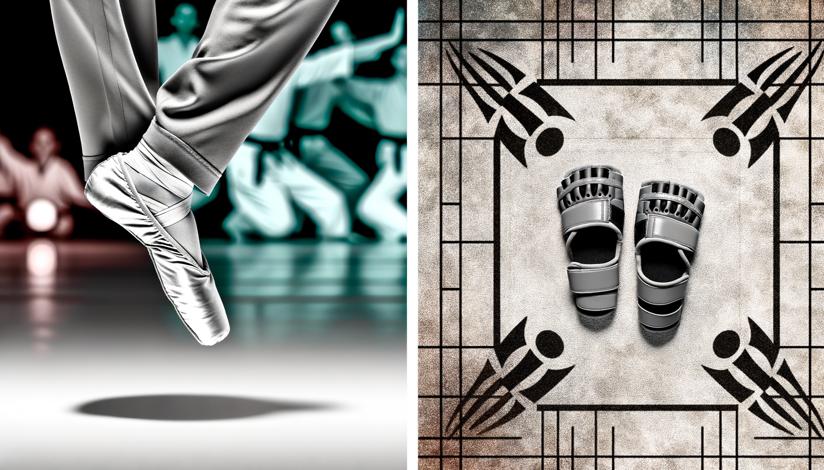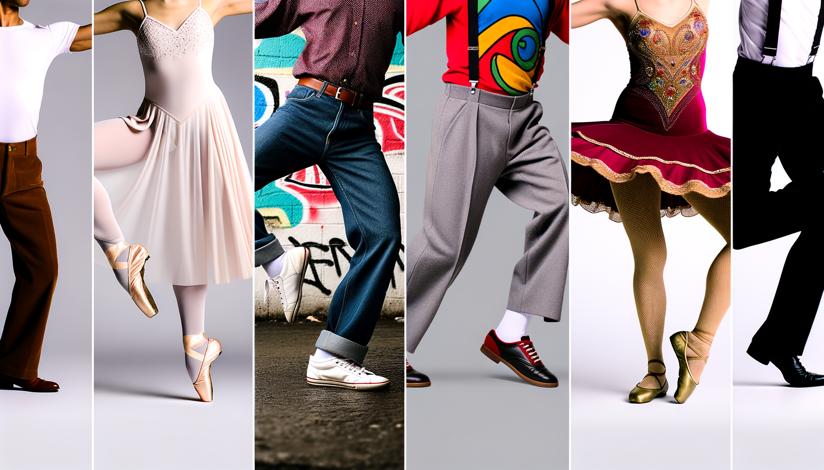

Ballet, often considered the epitome of grace and elegance, emphasizes precision, balance, and control. The dancers must defy gravity as they execute intricate footwork and acrobatic jumps. The technique of ballet relies heavily on the principles of physics, such as the laws of motion and the conservation of momentum.
Breakdancing, on the other hand, is a high-energy street dance style that emerged from hip-hop culture. It incorporates explosive movements, power tricks, and intricate floorwork. Breakdancers defy physics by defying gravity, performing gravity-defying spins, flips, and freezes.
In ballet, dancers must have exceptional control over their bodies to maintain balance and execute precise movements. They rely on their core strength and muscular control to achieve stability and poise. The physics behind ballet movements involves understanding the center of gravity, the transfer of momentum, and the control of inertia.
Breakdancing, on the other hand, relies on the principles of angular momentum and rotational motion. Breakdancers must generate and control angular momentum through swift and precise movements of their limbs. Understanding the physics behind spins, flips, and freezes is crucial to mastering breakdancing techniques.
Both ballet and breakdancing require dancers to understand the principles of force, acceleration, and friction. Ballet dancers use friction between their pointe shoes and the floor to execute turns and jumps with precision. Breakdancers use friction between their bodies and the floor to perform dynamic floorwork and power tricks.
In conclusion, the physics behind ballet and breakdancing play a fundamental role in the execution of these dance styles. While ballet emphasizes control, balance, and precision, breakdancing focuses on power, agility, and creativity. By understanding the core physics principles behind these dance styles, dancers can enhance their performances and push the boundaries of what is possible in dance.

Grace and elegance
Explosive movements

Requires extensive training
Higher risk of injury














-
https://www.ballet.org
-
https://www.breakdance.com




























